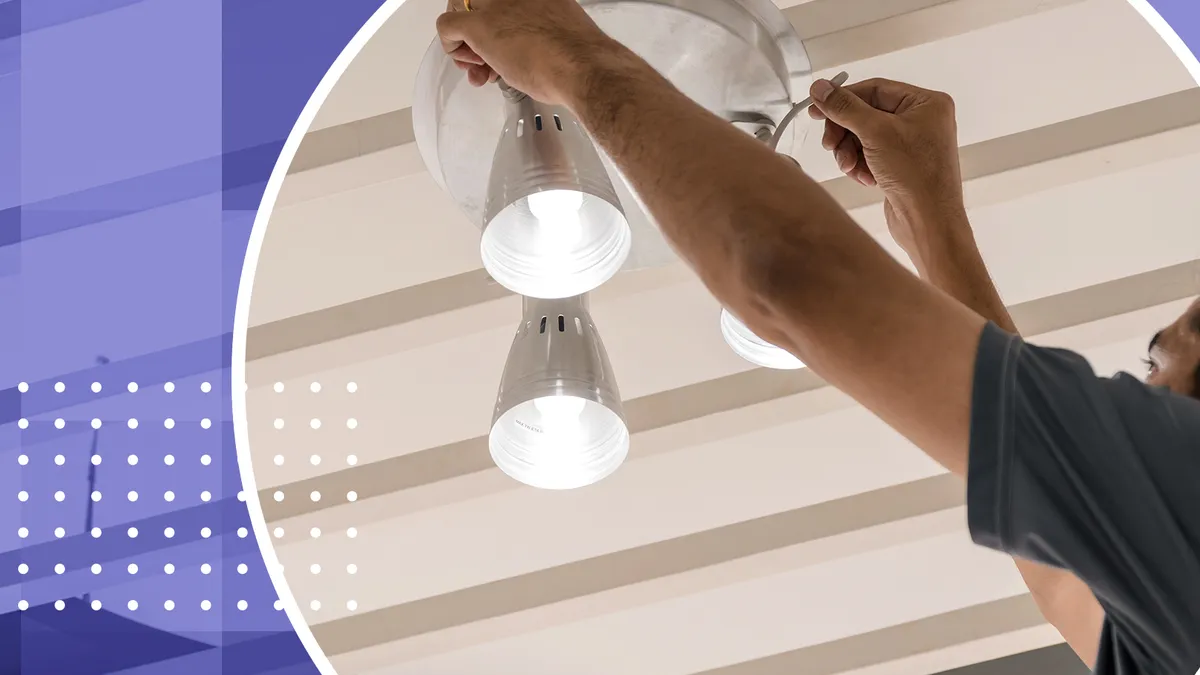The following is a contributed article by Richard Oberg, an energy efficiency implementer with the Sacramento Municipal Utility District.
For three decades, I’ve helped homeowners and businesses save energy and money through energy efficiency improvements — for the last decade through my role at the Sacramento Municipal Utility District (SMUD), a community-owned, not-for-profit utility that delivers energy to Sacramento area residents.
In recent years, our approach to efficiency has changed from just helping our customers save energy, to also helping them change energy sources in both buildings and transportation by replacing gas-powered cars and appliances with those powered by electricity.
Going electric
Why help them go electric? It turns out an electric heat pump, which can both heat and cool a building, is three to four times as efficient as a gas heater or space heater. Induction stoves and electric clothes washers and dryers are also much more efficient than their gas-powered counterparts.
By helping our customers go all electric, we can dramatically improve a building’s efficiency and lower monthly utility bills. That’s why we offer a number of incentives and rebates for electric vehicles and appliances. A recent study by E3 shows that our customers can save between $300 to $750 annually just by switching from gas to all-electric appliances.
In addition to lower monthly expenses, we also help make buildings healthier and safer for our customers. Exhaust from gas combustion from heaters, gas stoves and other gas appliances are a significant source of air pollution inside and outside of the home. For example, kids living in a home with a gas cooking stove have a 42% increased risk of asthma. Buildings powered by electricity are much, much healthier. But that’s not the only benefit of going all-electric: With every home or business we switch from gas to electricity, we dramatically reduce carbon emissions.
Buildings and carbon
You might not think of it this way, but buildings are a major source of carbon emissions in the U.S., largely because of the gas that’s used for heating, cooling and appliances like dryers and cook stoves.
Getting gas from gas wells to our homes and businesses requires drilling, compressor stations, pipelines and other infrastructure, and the methane that’s leaked every step of the way is a potent source of climate pollution. Once in your home, when you burn gas to power a stove or furnace or water heater, the combustion releases carbon dioxide, nitrogen dioxide and fine particulates — worsening indoor and outdoor air quality and contributing to climate change.
With electric appliances, we get none of the pollution, we dramatically reduce global warming pollutants, and we lower monthly energy bills. This is a win-win for everyone.
Carbon as the new measuring stick
In mid-January, the SMUD board voted to change the metric by which we measure our energy efficiency progress, switching from energy savings to avoided carbon emissions, making SMUD the first entity in the U.S. to do so. We’ve also made electrification part of our energy efficiency program. Our goal is to electrify 80% of the homes in our territory, including 75,000 low-income homes and apartment buildings.
With carbon as our measuring stick, everything looks a little different. Take a deep home energy efficiency retrofit, arguably the gold standard for energy efficiency. With a deep home retrofit, our technicians take a systematic approach to improving a building’s energy performance. We might add insulation, replace leaky windows, seal seams with caulk and install a programmable thermostat. A deep home retrofit can cost between $10,000 and $15,000, depending on the home.
Compare that to swapping out the same building’s gas hot water heater and space heaters for electric heat pump versions. By doing so we get 3 times the carbon savings than we do from a deep retrofit and at a much lower cost per customer. The customer gets two times the energy bill savings, and their indoor air quality improves.
Many of my colleagues in the energy efficiency space perceive building electrification as a threat to energy efficiency. We don’t see it that way. Electrification is efficiency and a critical part of how we look at energy efficiency comprehensively at SMUD.
Instead of fearing electrification, we need to embrace it and make it a critical tool in the push toward improved energy efficiency in buildings.













